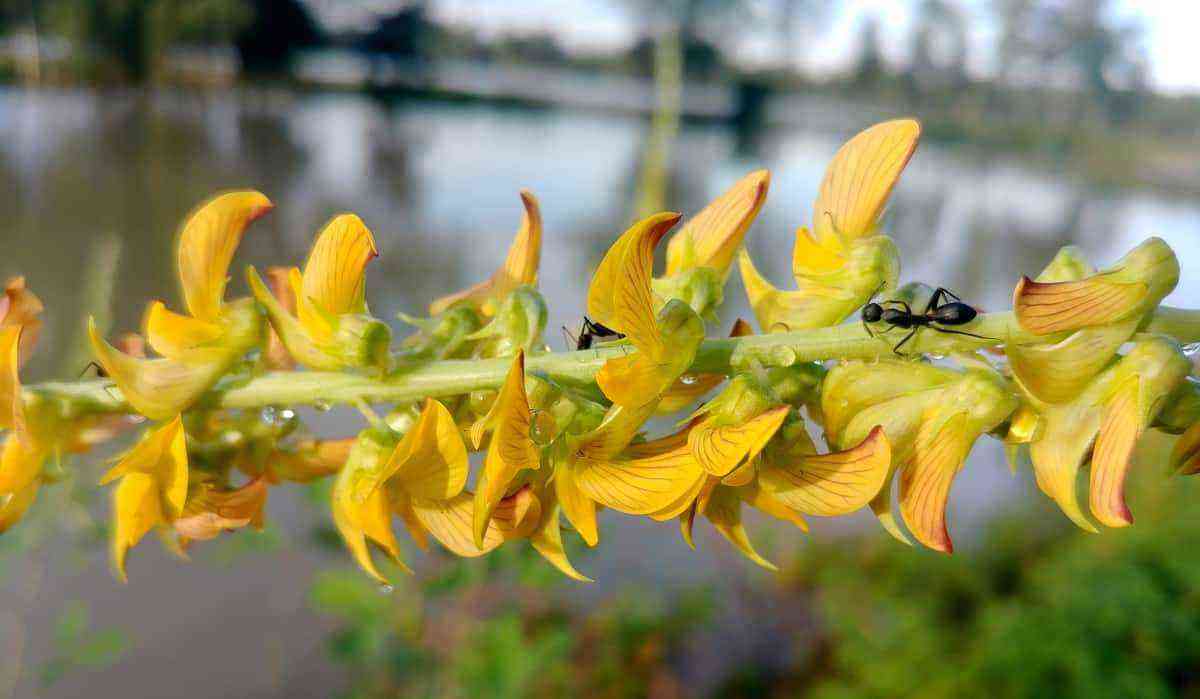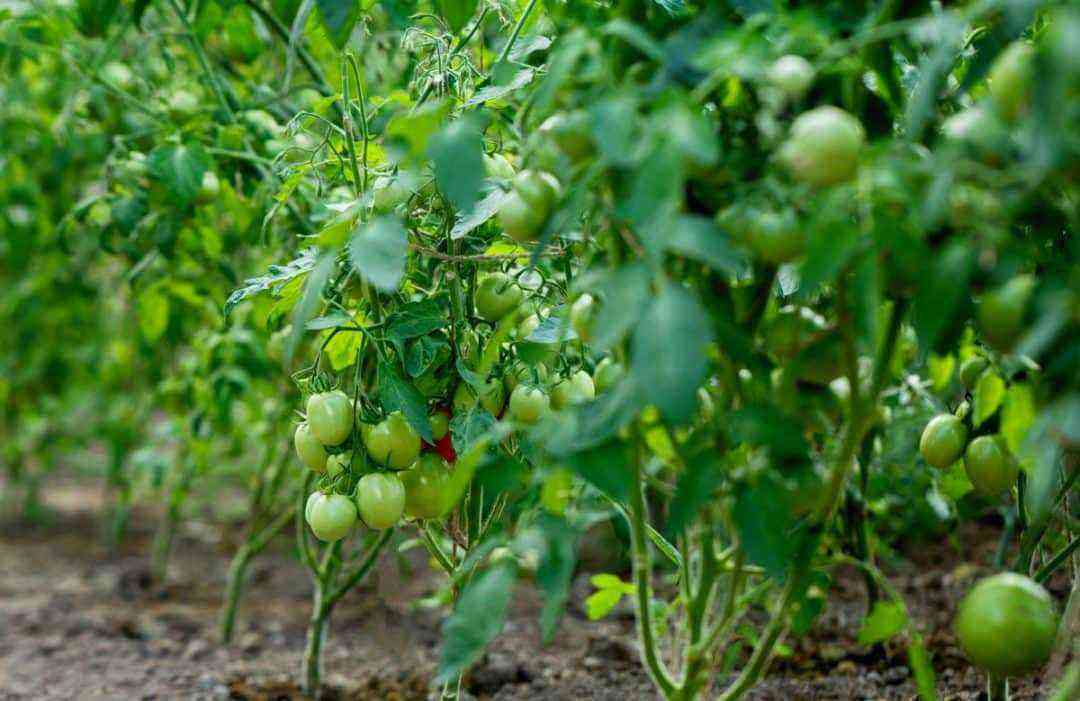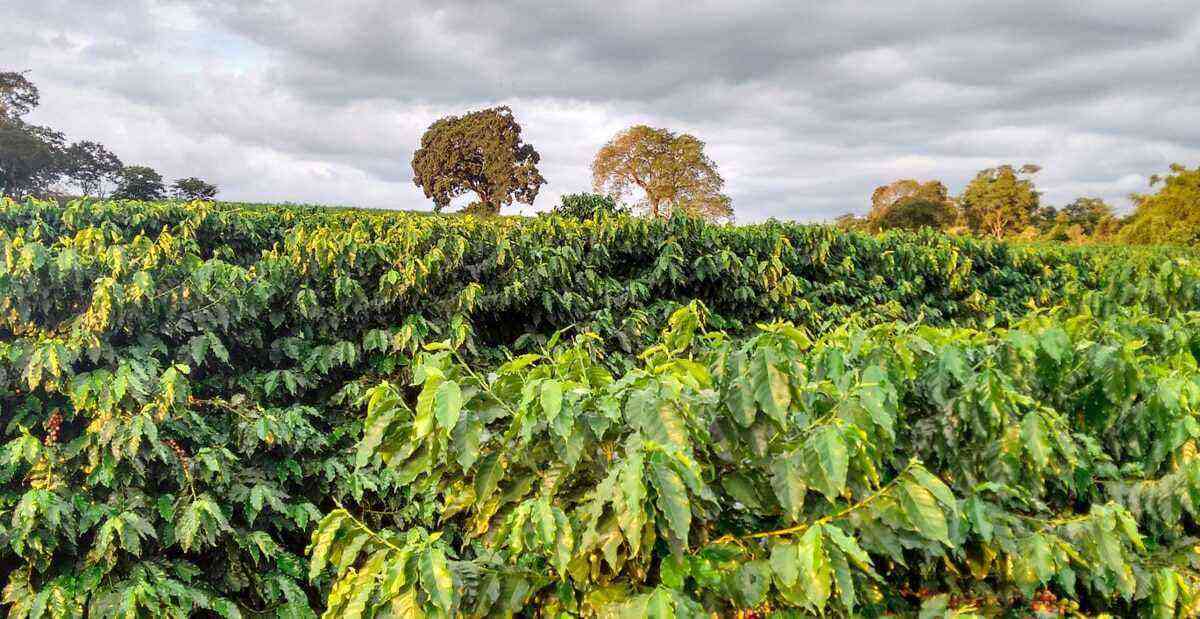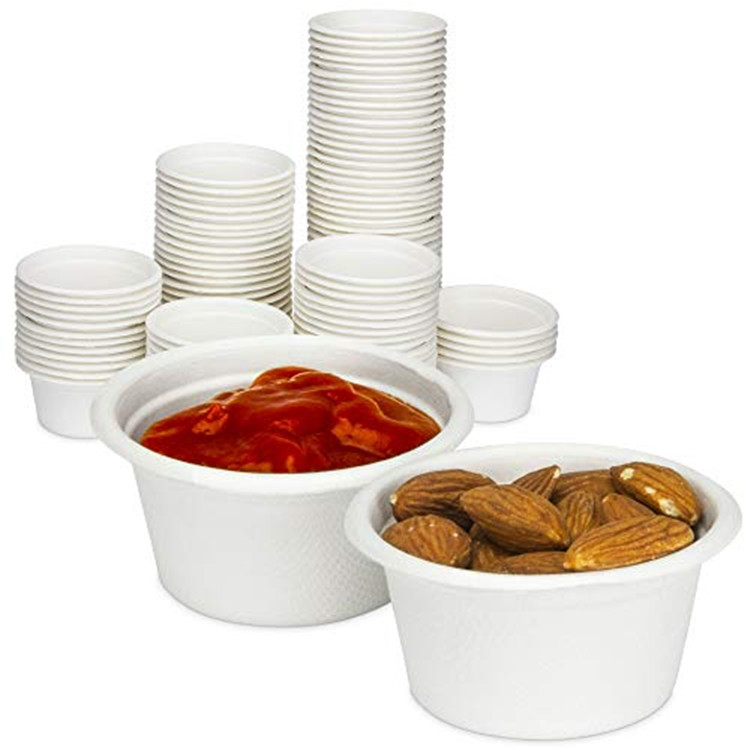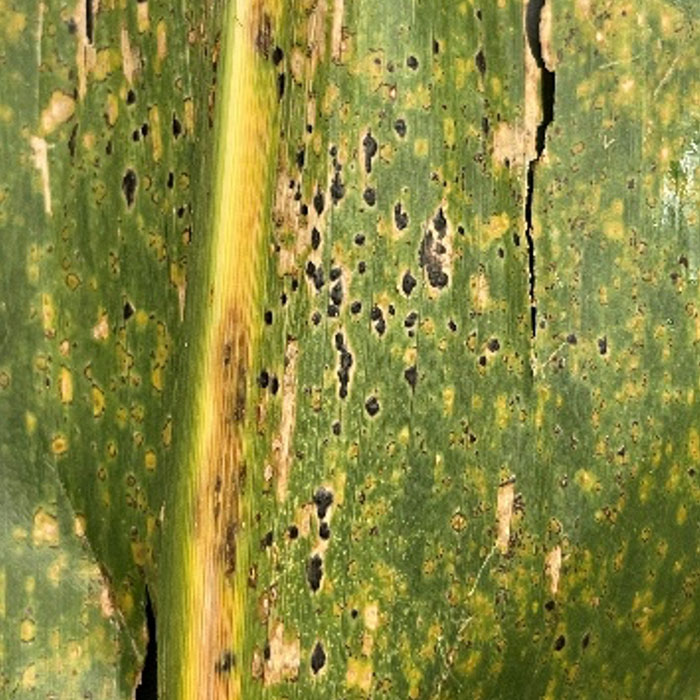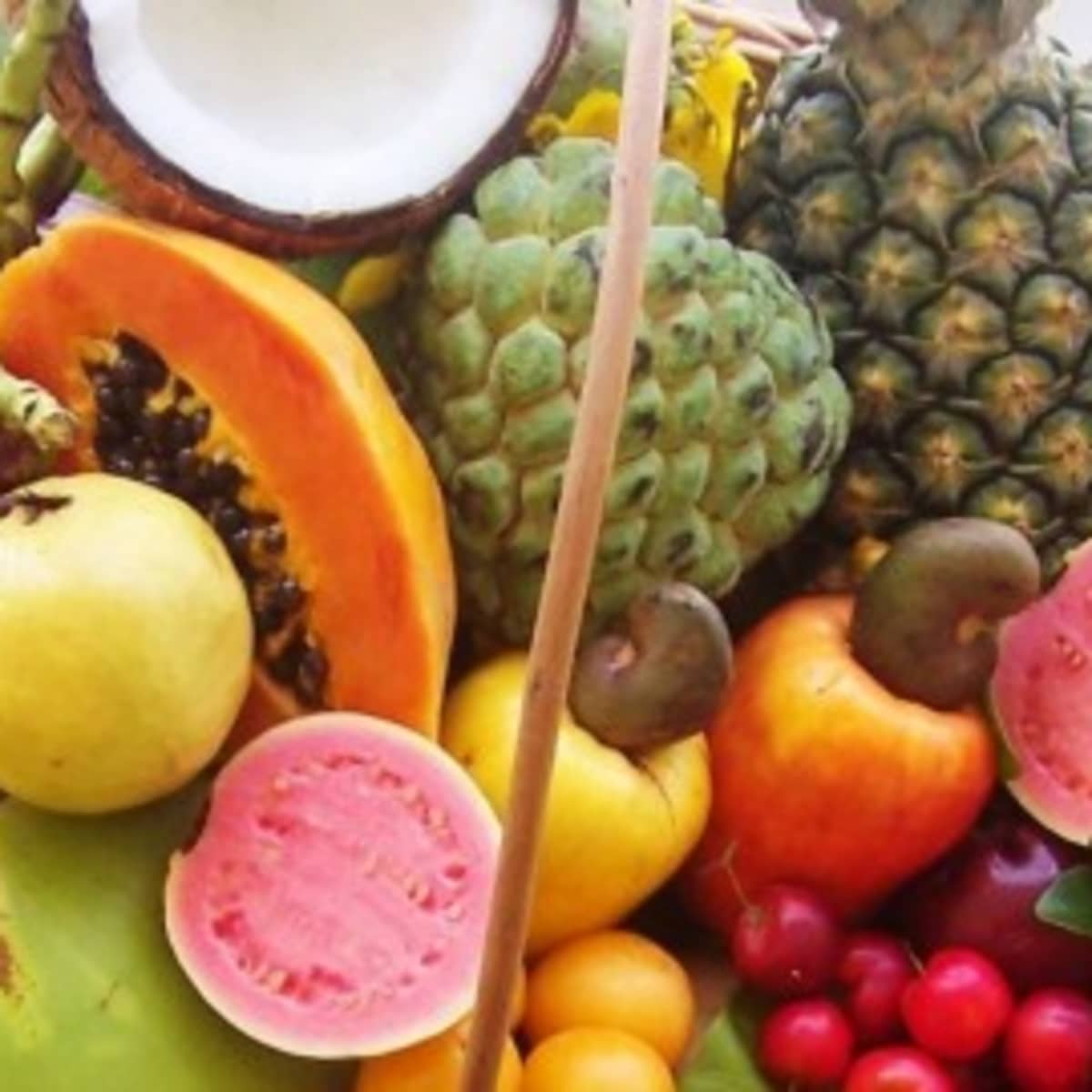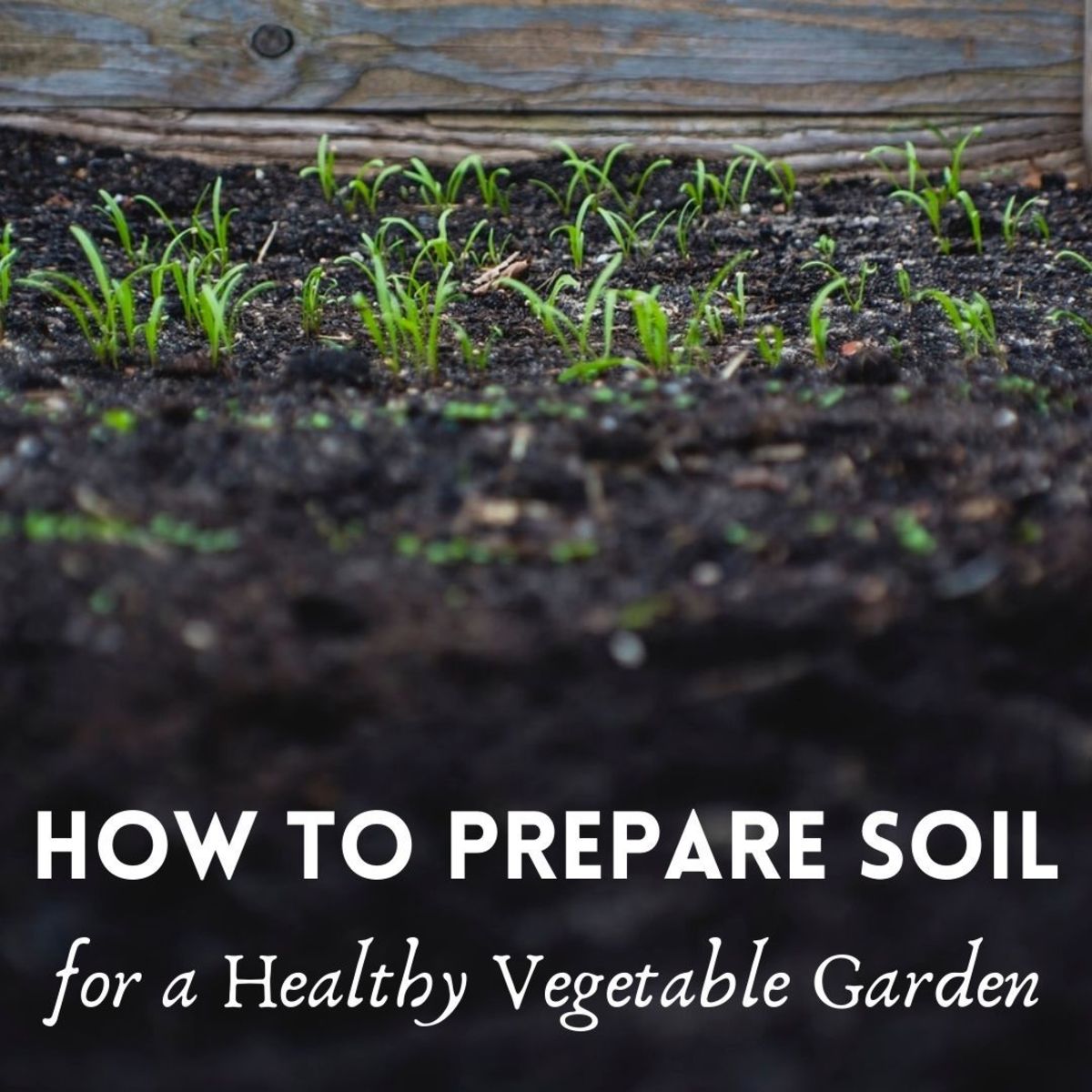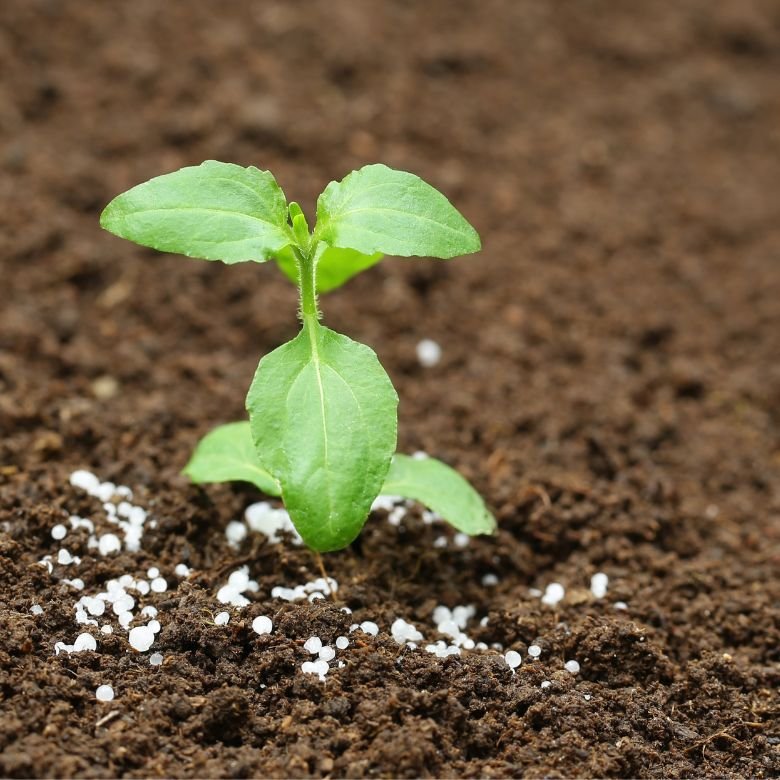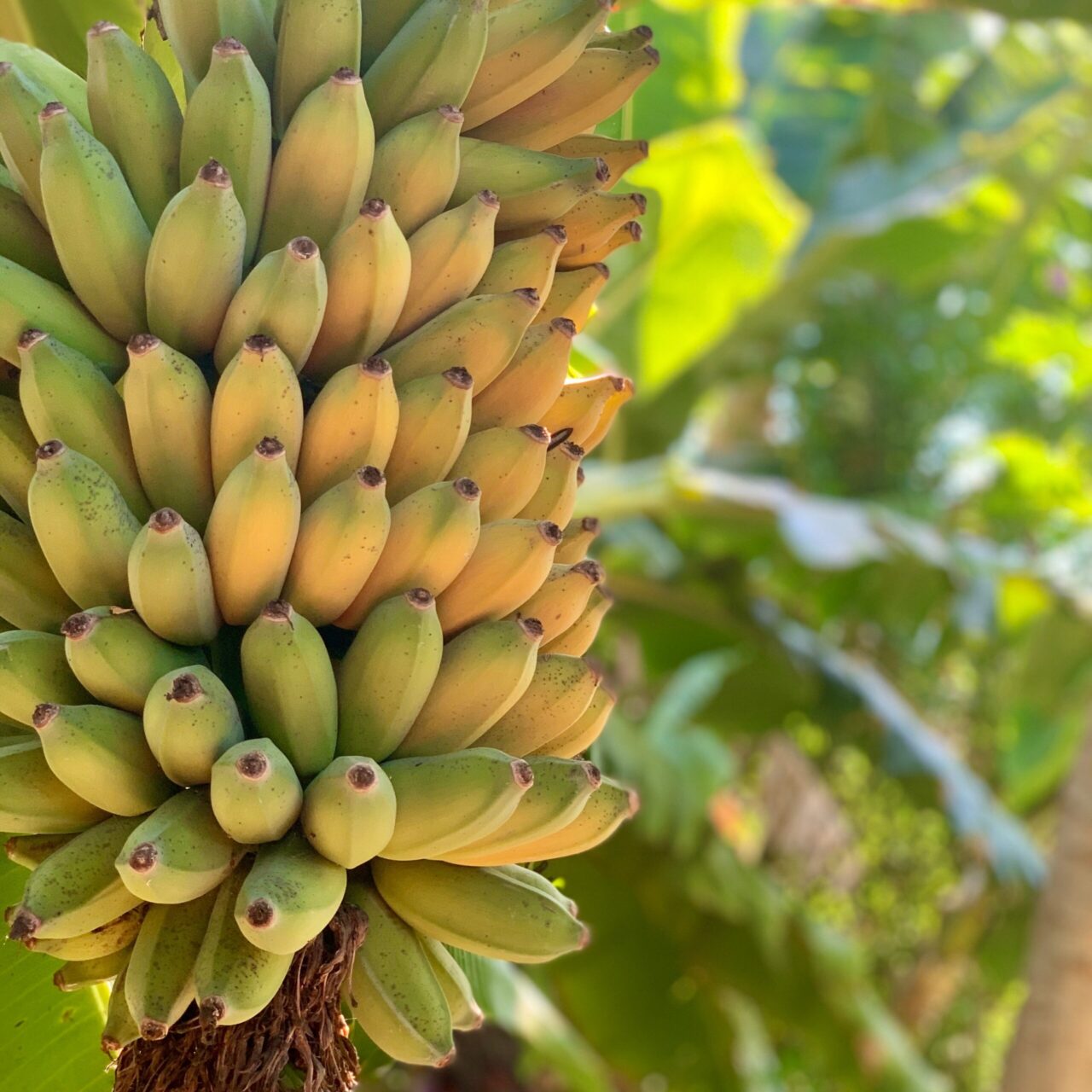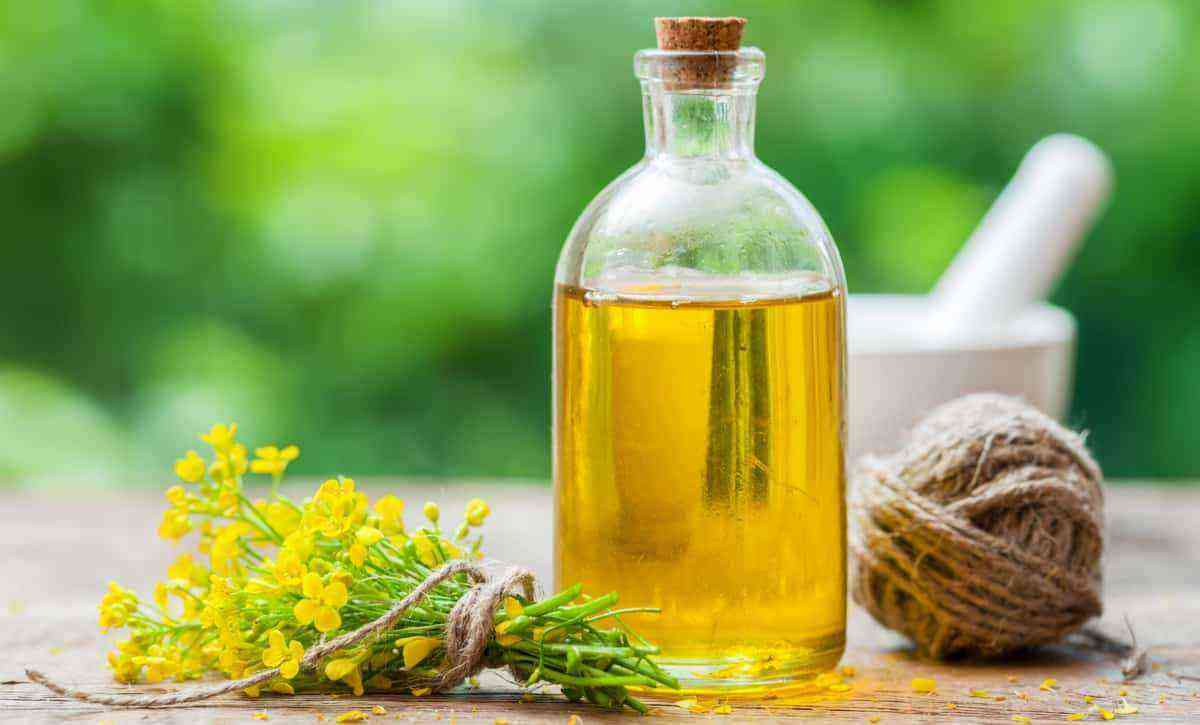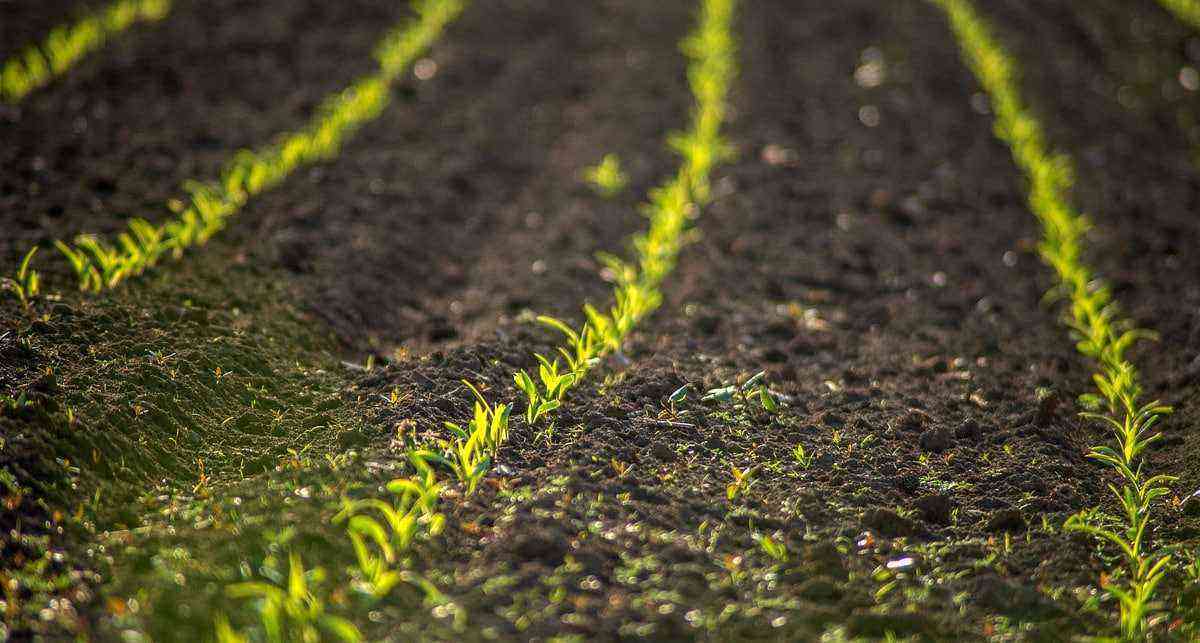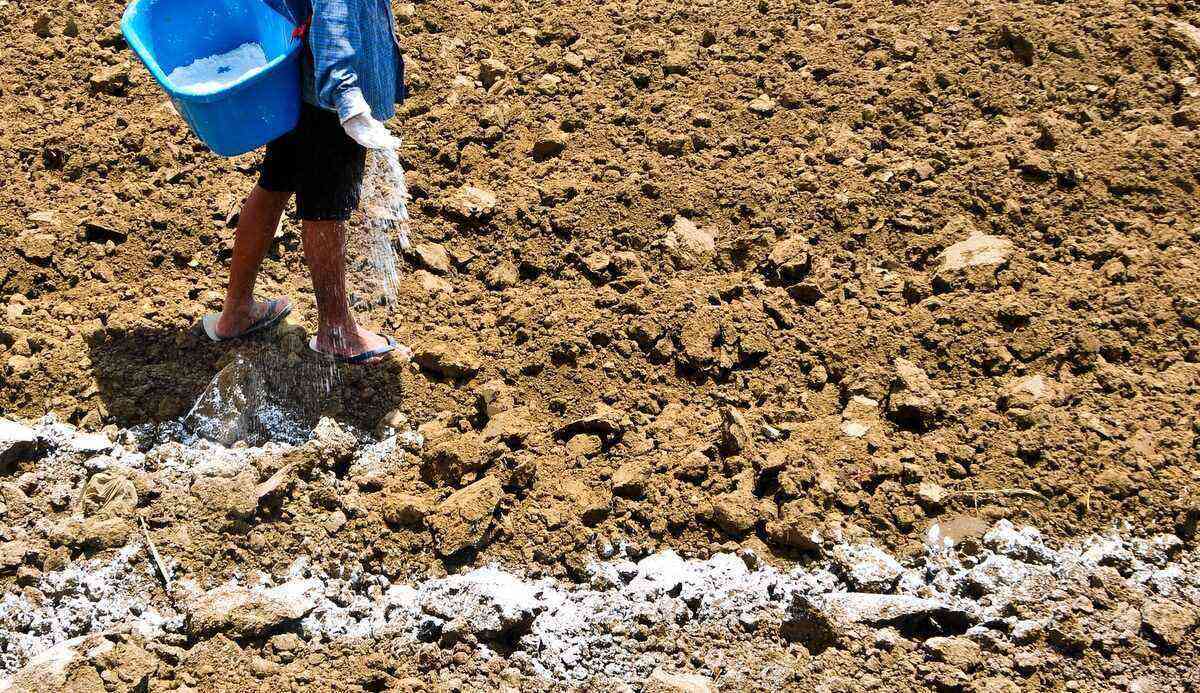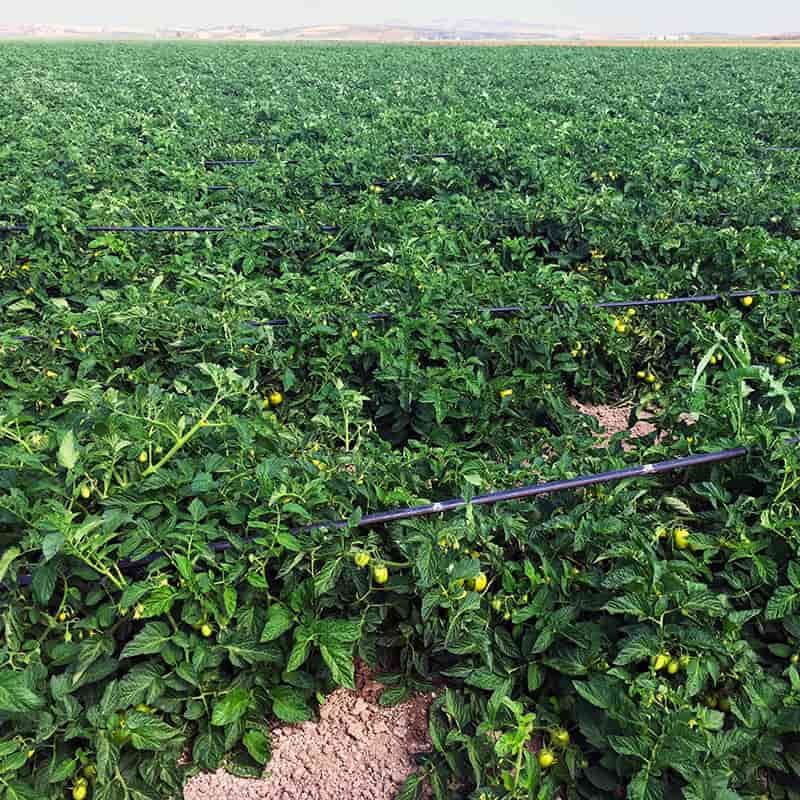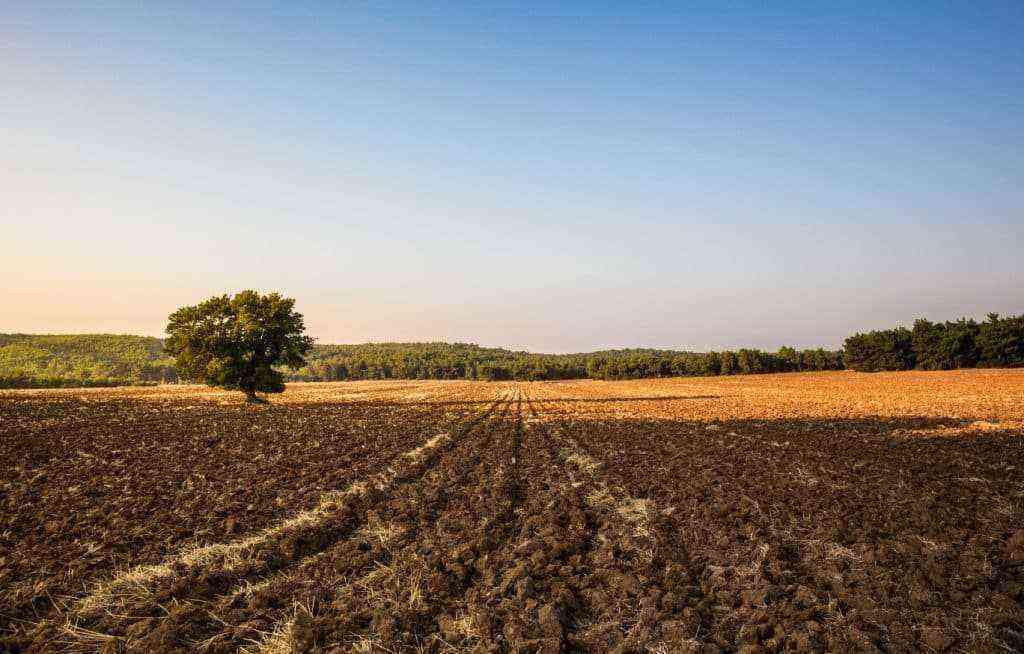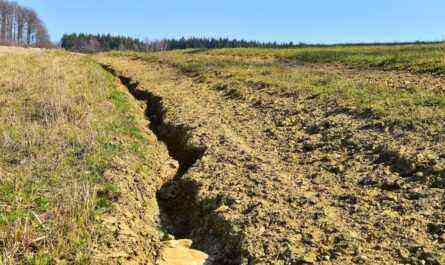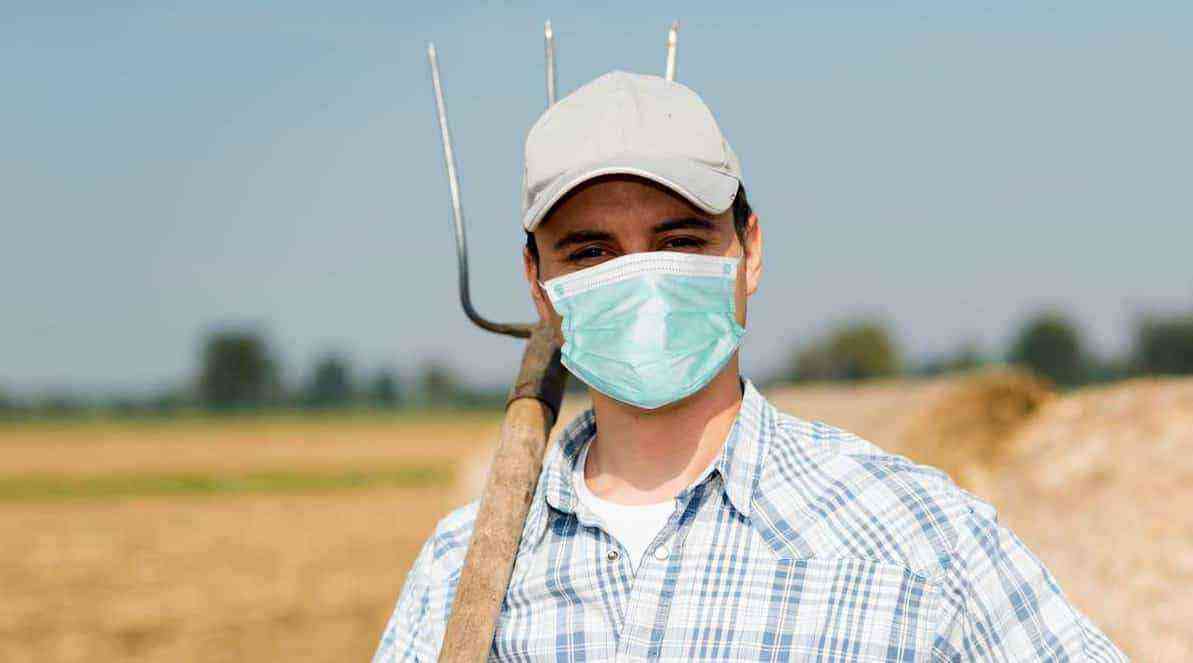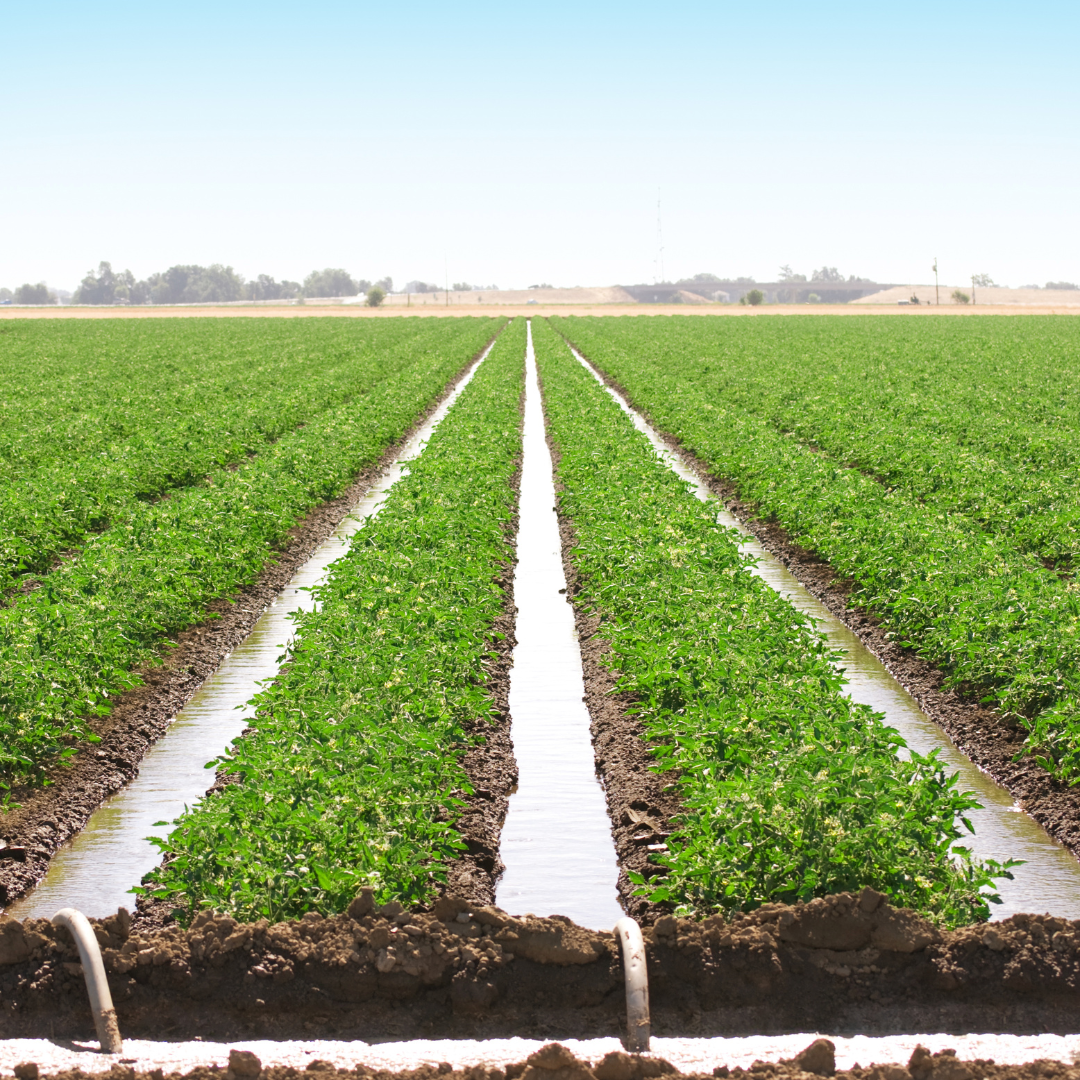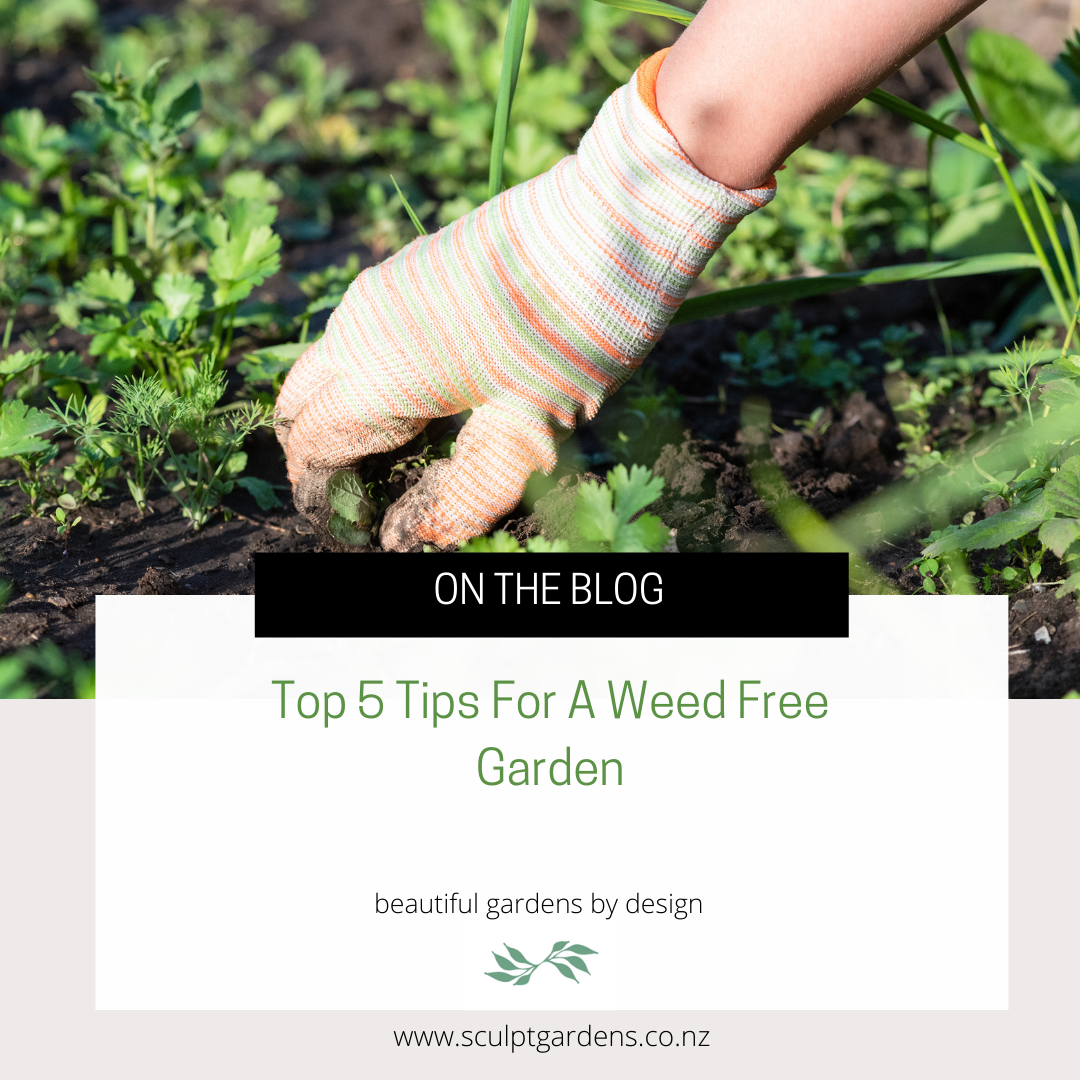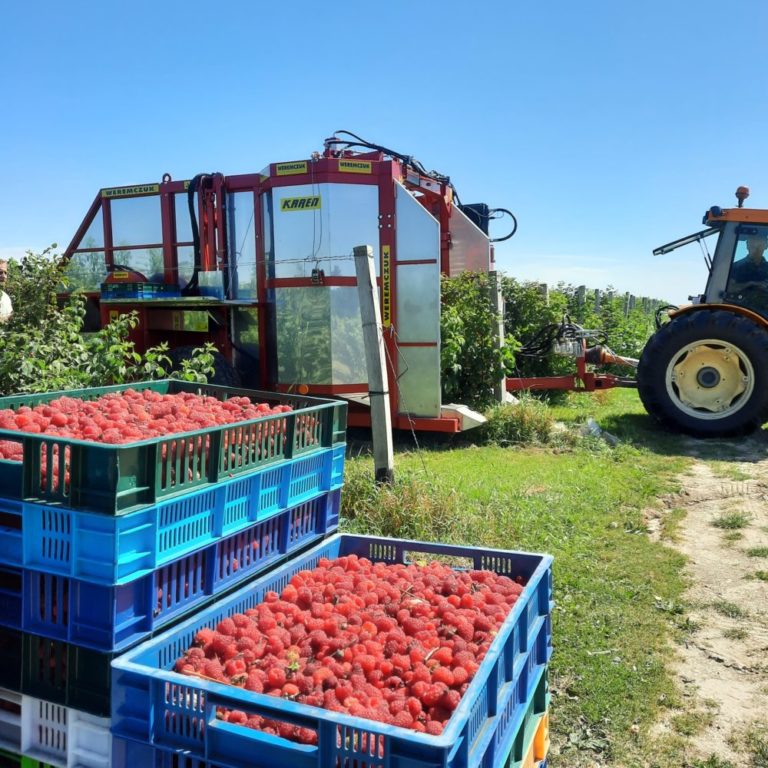A pruning is one of the most important activities in plant management. Through it it is possible to induce new shoots, improve the quantity and quality of flowers and fruits, give the desired shape and even control pests and diseases. Therefore, it is essential to know what are the pruning types and what their functions are.
In this article, we will explain what types of pruning are, when they are needed, the most used tools and the care they require. Check out!
formation pruning
A formation pruning is intended to lead the growth of the plant in the desired way. It can be done for aesthetic purposes, to control growth, give the desired shape, and also for practical purposes, to facilitate cultivation and harvest, or even allow circulation around the plant, eliminating poorly positioned branches and raising the crown.
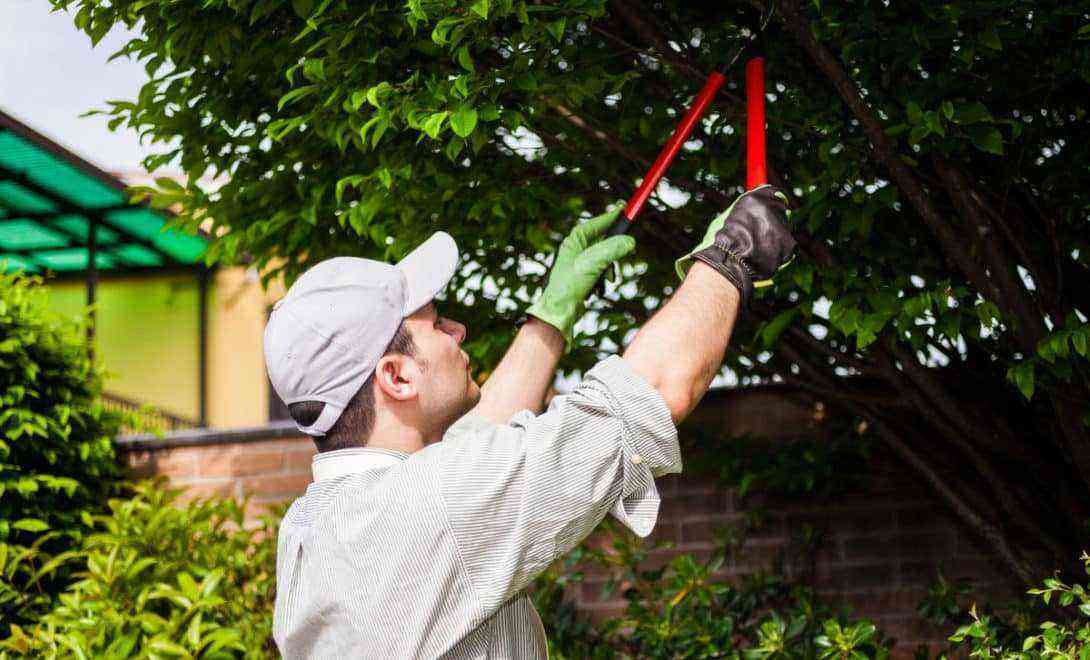
Formation pruning is commonly performed on trees and shrubs.
Flowering and fruiting pruning
As flowering and fruiting pruning are made to stimulate the production of flowers and fruits. They aim to reduce the unproductive phase of plants, to induce regular and quality fruiting.
In general, they should not be carried out while the plant is flowering or fruiting, because at that time its activity is intense.
It is advisable to carry out this pruning at the end of autumn and beginning of winter, when most of the plants enter a period of vegetative recess, which facilitates their recovery after pruning.

It is important to know how to differentiate the common branches from the fundamental branches, keeping the ones that have greater production potential.
Read also: How to prune grape vines. See technical tips!
cleaning pruning
A cleaning pruning is the one made, often naturally, to remove dry and dead leaves and branches, broken, or that are sick or infested by pests. Dried leaves and wilted flowers are also removed.
This type of pruning makes the plant renew its energies to continue growing, increases longevity and improves health, being widely used in organic crops, as it presents lasting results. In addition, they also improve the entry of light and air circulation inside the pantry.
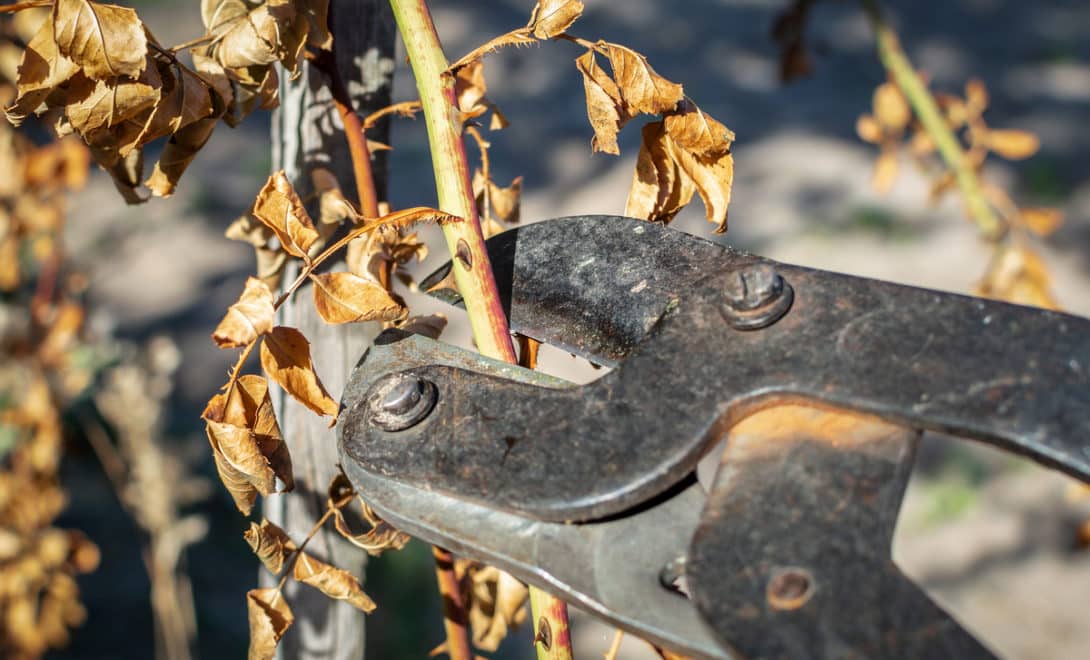
Cleaning pruning can also be called renewal or maintenance pruning.
root pruning
more rare, the root pruning it is necessary in situations where the trees present a great growth, reaching the point of harming the soil where it is planted. It is also performed in bonsai, to limit the growth of the plant.
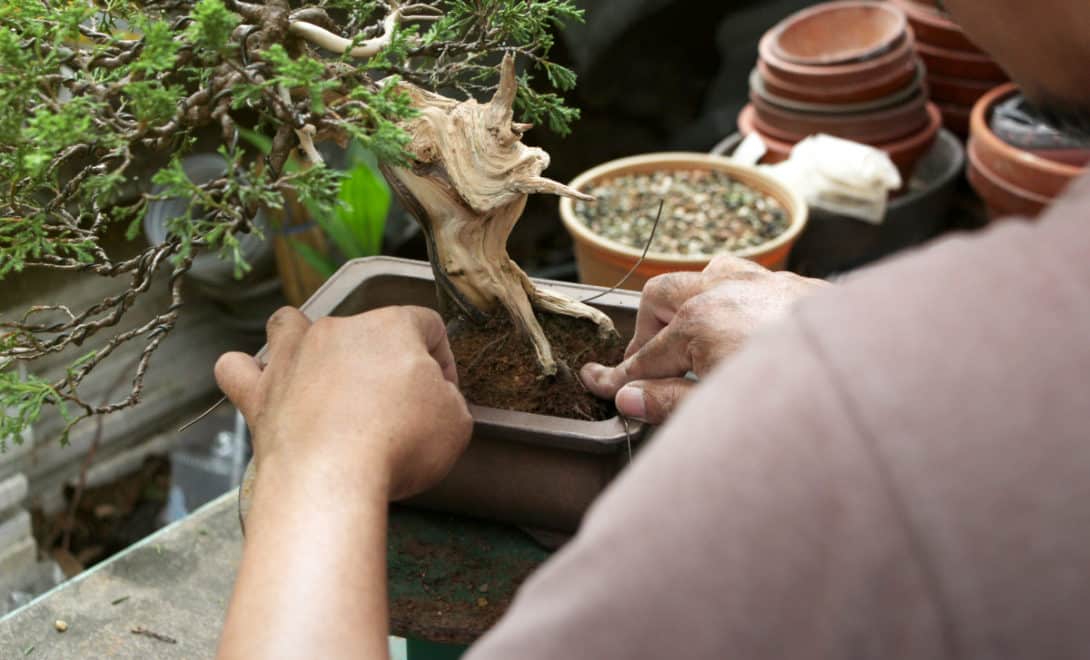
By pruning the roots, there is a decrease in the flow of nutrients, which limits the growth of the plant.
Topiaria
A topiary is a pruning method that aims to give plants sculptural shapes. In the past, it was used as a way of demonstrating power, showing the ability to shape nature.
Widely used in gardens, it is common to use the technique to make plant labyrinths.
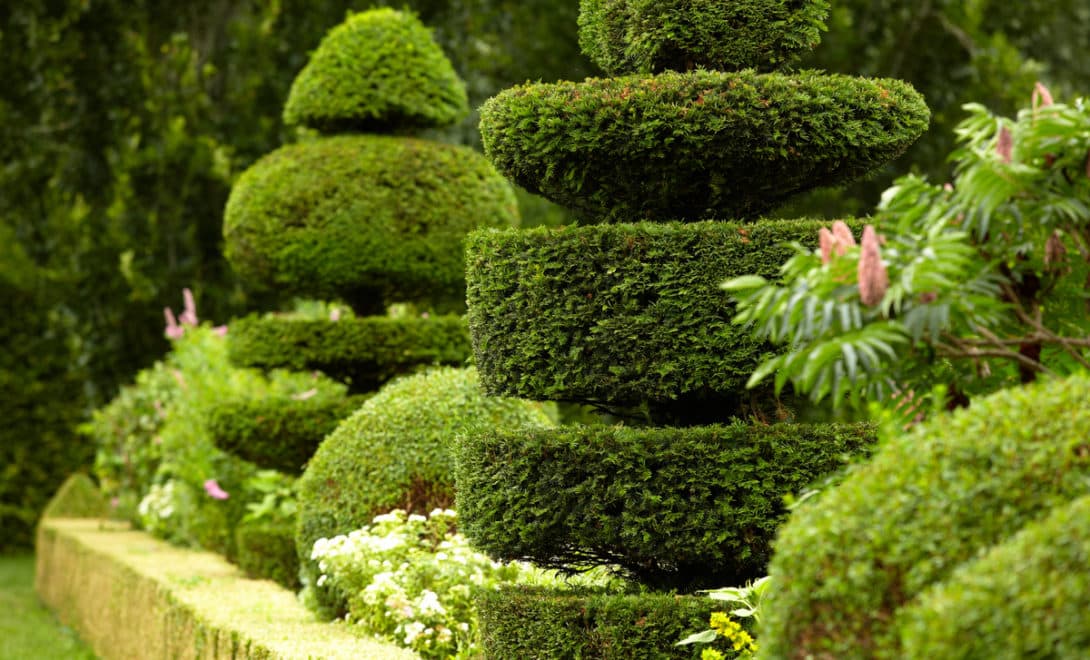
Plants take on the most diverse shapes, and can even imitate animals.
Tools for different types of pruning
Some gardening tools are indispensable for pruning. Items such as pruning knife, cutting scissors, pruning shears (or pruning shears), machete and saw are the most used.
In addition to them, you may need common scissors, for pruning some spices, for example, or even a chainsaw, for pruning older and thicker trees. In this case, it is recommended to call a qualified professional.
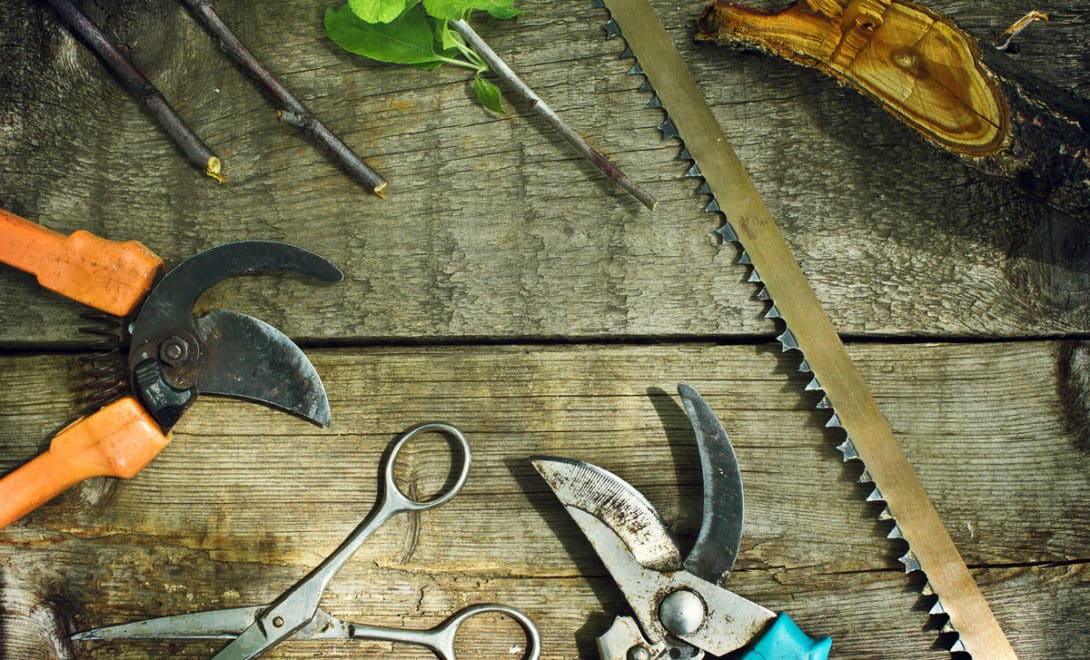
There are a variety of pruning tools, each suited to a different type of plant.
In addition, whenever you prune your plants, it is recommended to use some protective equipment, such as gloves and goggles.
Care of the tools
Some care must be taken with pruning tools:
- they must always be very sharp, so as not to hurt the plant when pruning them;
- always sanitize your tools very well, after removing the surface dirt, wash and dry well, and apply alcohol or chlorine-based product;
- sterilize your tools before pruning another plant, otherwise diseases and pests can proliferate. You can use fire to sterilize them, as long as you wait for the tool to cool down;
- occasionally lubricate your tools with oil;
- store them in a suitable place, away from moisture.
So, did you like the text? Enjoy and also access our post with 26 tips to choose a good seedling. Good reading!
